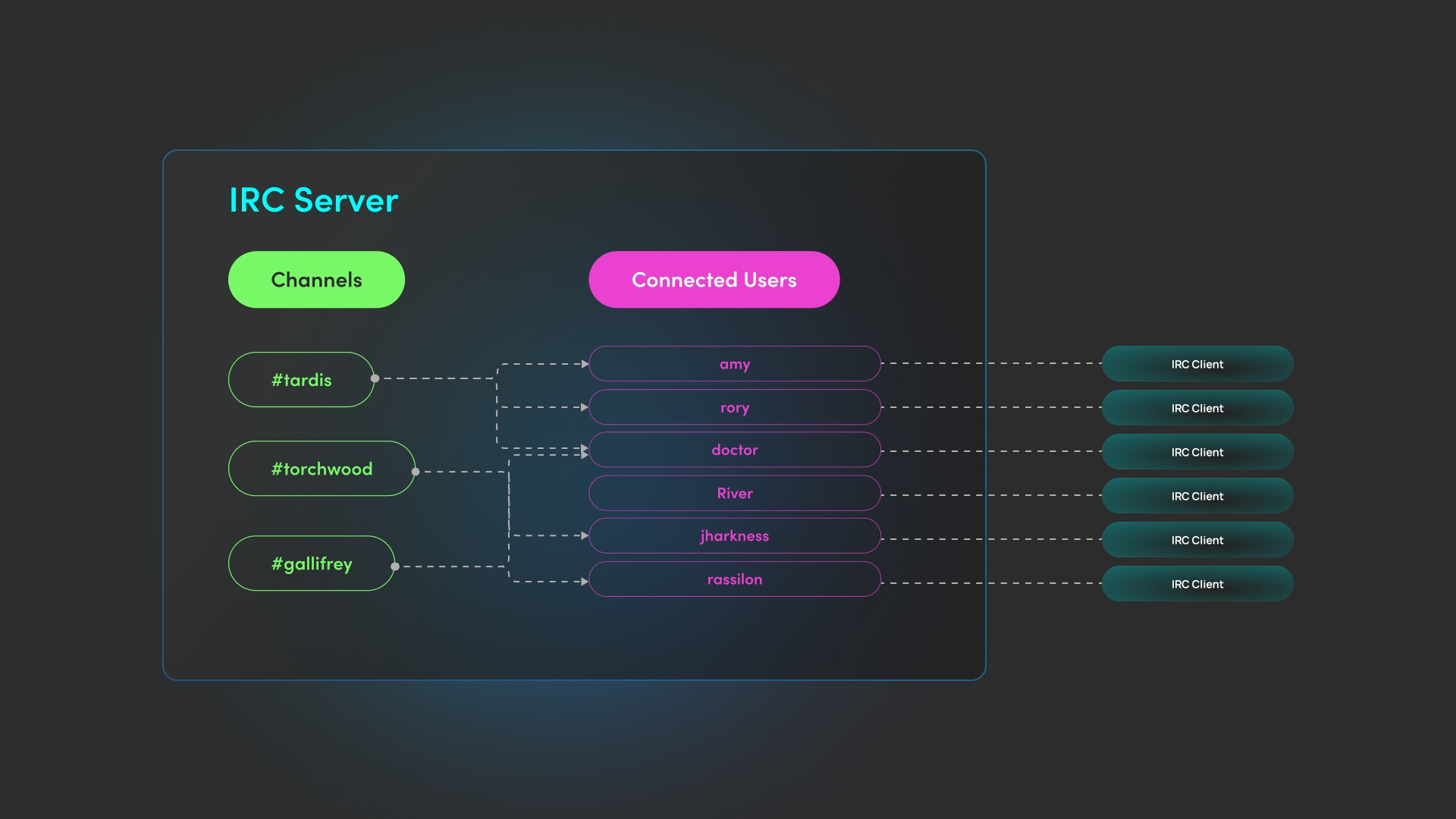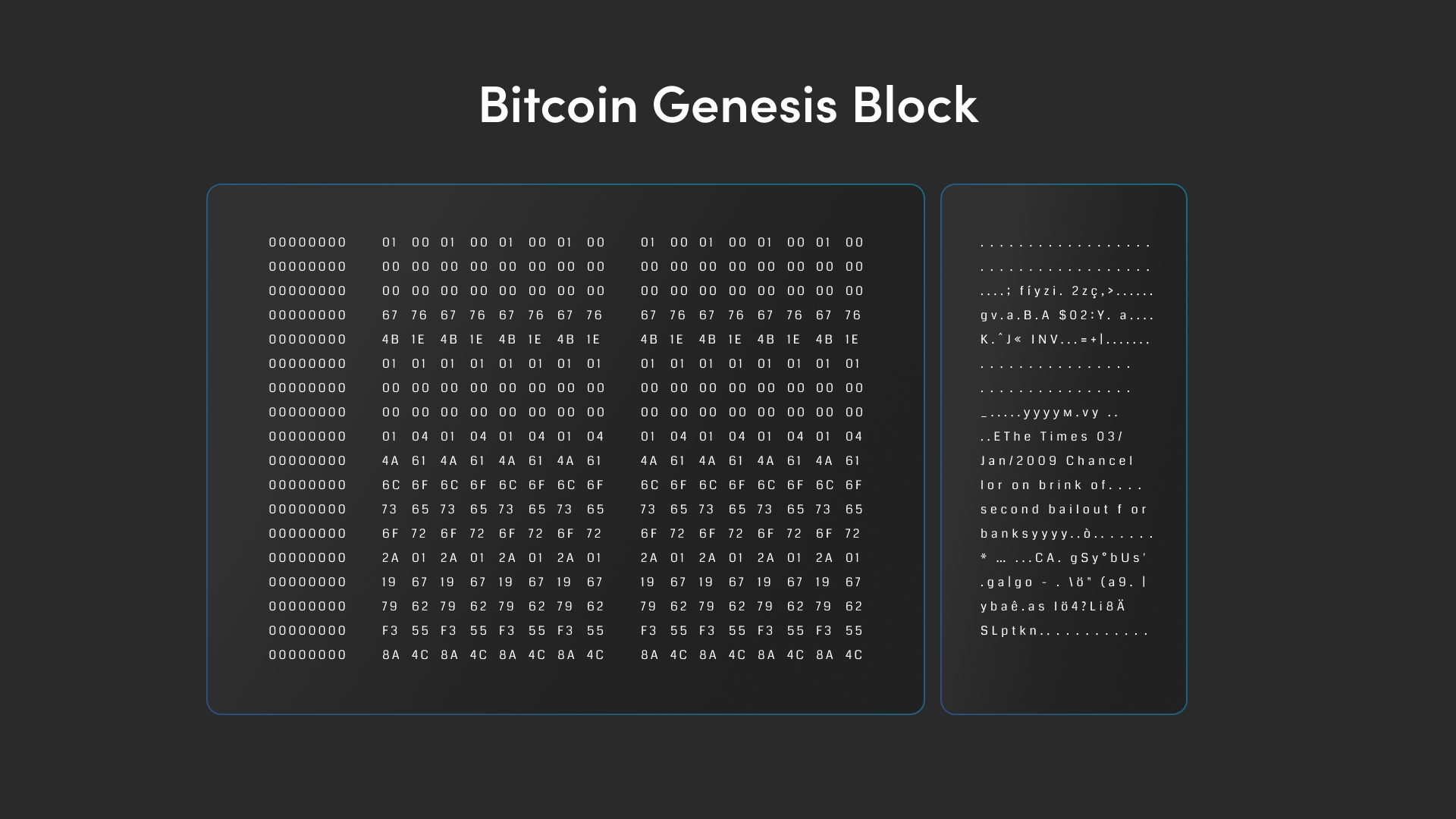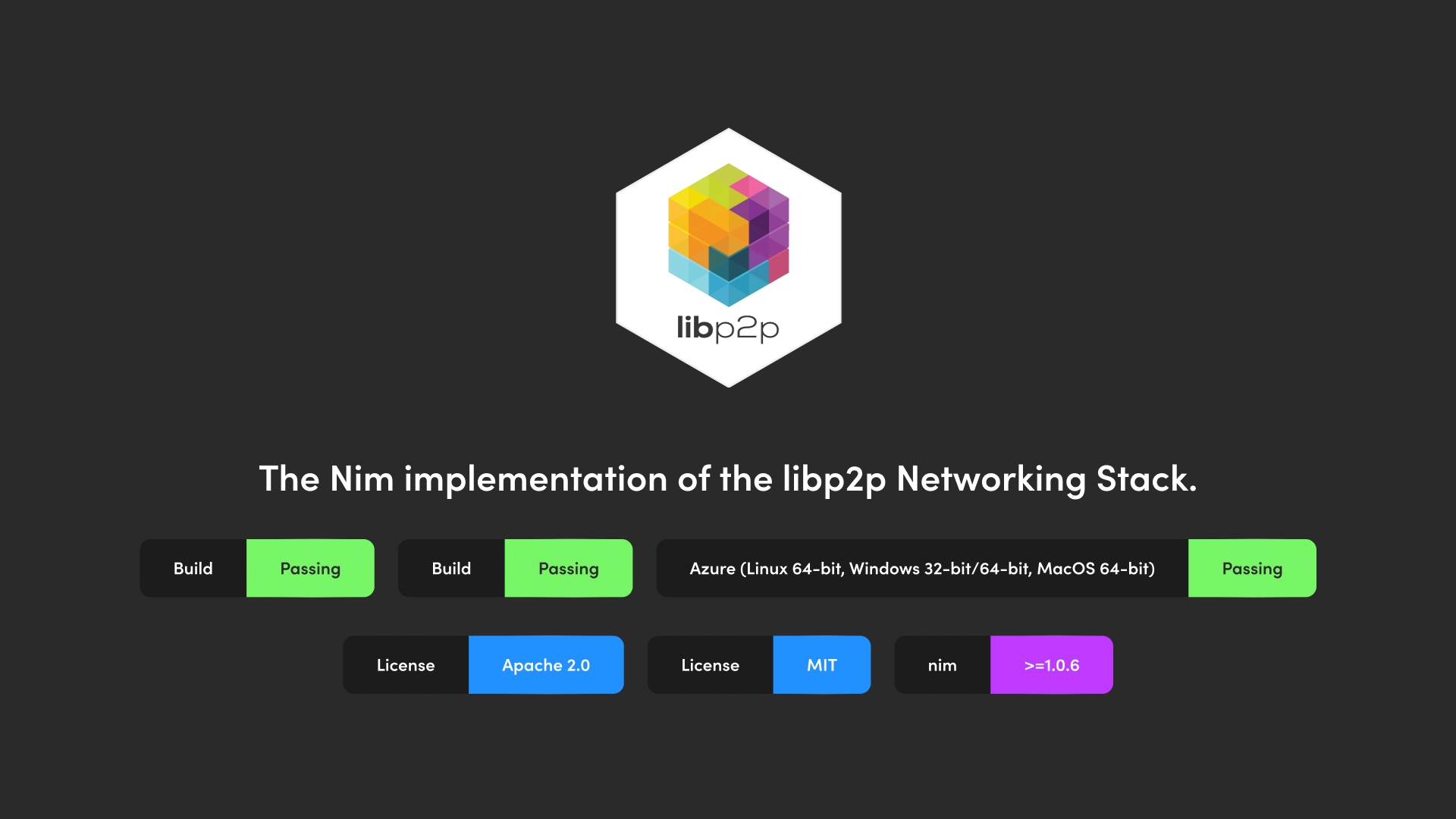Communication
Overview
Communication is the cornerstone of all human interaction. The digital age has revolutionized the way we communicate but there is massive potential for the introduction of communication systems that prioritize decentralization, scalability and privacy. The Web3 space has produced protocols that aim to support these pillars, but there is no current “full” solution available. This highlights the importance of further innovation to fill these gaps and improve the communication stack across the fragmented world of web3.
Let's examine the evolution of decentralized communication mechanisms:
Web2 Decentralized Mechanisms
Overview
Web2 decentralized communication mechanisms distribute the control and management of data across multiple nodes or servers, reducing the risks associated with centralized systems. These mechanisms typically employ federated or peer-to-peer (P2P) networks to enable direct communication between users without relying on a central authority.
Example:
Initial Stage: Internet Relay Chat (IRC)
IRC was one of the earliest P2P communication protocols, enabling simple, text-based communication without a central server. It laid the groundwork for P2P communication, demonstrating the potential of decentralized messaging systems.
Advancement: Matrix and XMPP
Later, Federated systems like Matrix and XMPP emerged, allowing multiple servers to communicate and share data, thus creating a more resilient network. These protocols addressed some of the scalability issues of early P2P systems by distributing the load across multiple nodes while still facing challenges related to privacy and server dependency.

Challenges
Scalability Issues: P2P systems face difficulty scaling as the number of nodes increases, leading to network congestion and performance bottlenecks.
Privacy Concerns: Federated messaging systems, while scalable, inherit privacy issues as they fail to provide any computational privacy.
Lack of Advanced Features: P2P networks often lack support for features such as device synchronization, multimedia content, ease of deploying and using, further complicating their functionality.
Web3 Decentralized Mechanisms
Overview
Web3 decentralized communication mechanisms leverage blockchain networks to provide secure, transparent, and immutable communication channels. These mechanisms use wallet addresses as unique identifiers, serving as the origin and recipient of communication data.
Examples
Initial Stage: Bitcoin's Genesis Block
Example: Bitcoin introduced the concept of embedding messages within transaction outputs. Satoshi Nakamoto's message in the Genesis Block:

Advancement
Ethereum's introduction of smart contracts enabled more complex interactions beyond simple value transfers, laying the groundwork for decentralized applications (dApps) that could facilitate various types of communication. This marked a significant advancement in web3 communication, expanding the scope beyond financial transactions and enabling programmable, decentralized interactions.
Current Stage:
There are more niche products and tech stacks in the market now attempting to bridge the gap, but challenges remain.
Libp2p, a modular P2P networking stack, is widely used by blockchain platforms like Ethereum and Polkadot to enhance decentralized communication. This protocol provides a robust foundation for secure and efficient data exchange across diverse networks.

The Push Protocol leverages wallet addresses for secure, private messaging, reducing the need for centralized servers and enhancing user privacy. In parallel, technologies such as WebRTC and BitTorrent are integral in the Web3 ecosystem, supporting direct peer-to-peer communication and improving the overall resilience against central points of failure.
Challenges
Integrated and Modular Offerings: There is a lack of a modular and integrated offering which can cater to a wide variety of demands of evolving web3 user base.
Latency Issues: The inherent latency in blockchain transactions limits their effectiveness in real-time communication scenarios, where immediate data transmission is critical.
Costly Operations: Blockchain operations can be costly due to transaction fees and computational requirements, making it expensive for users to engage in frequent communications.
Interoperability Issues: Blockchain-based communication systems often lack interoperability with different platforms and protocols, hindering seamless integration and user experience across diverse applications.
Motivation
The current decentralized communication landscape has a lot of room for improvement. Seamless, private and scalable communication solutions that form a backbone of trust and efficiency are much-needed in our increasingly connected digital world.
Our motivation is to bridge these gaps by developing a comprehensive suite that supports decentralized, private, and scalable communications. This effort addresses the critical need for an integrated system that enables both user-to-user and seamless user-to-dApp interactions. Enhancing this functionality and user experience within the Web3 ecosystem will lead to more efficient and secure exchanges across various applications and platforms.